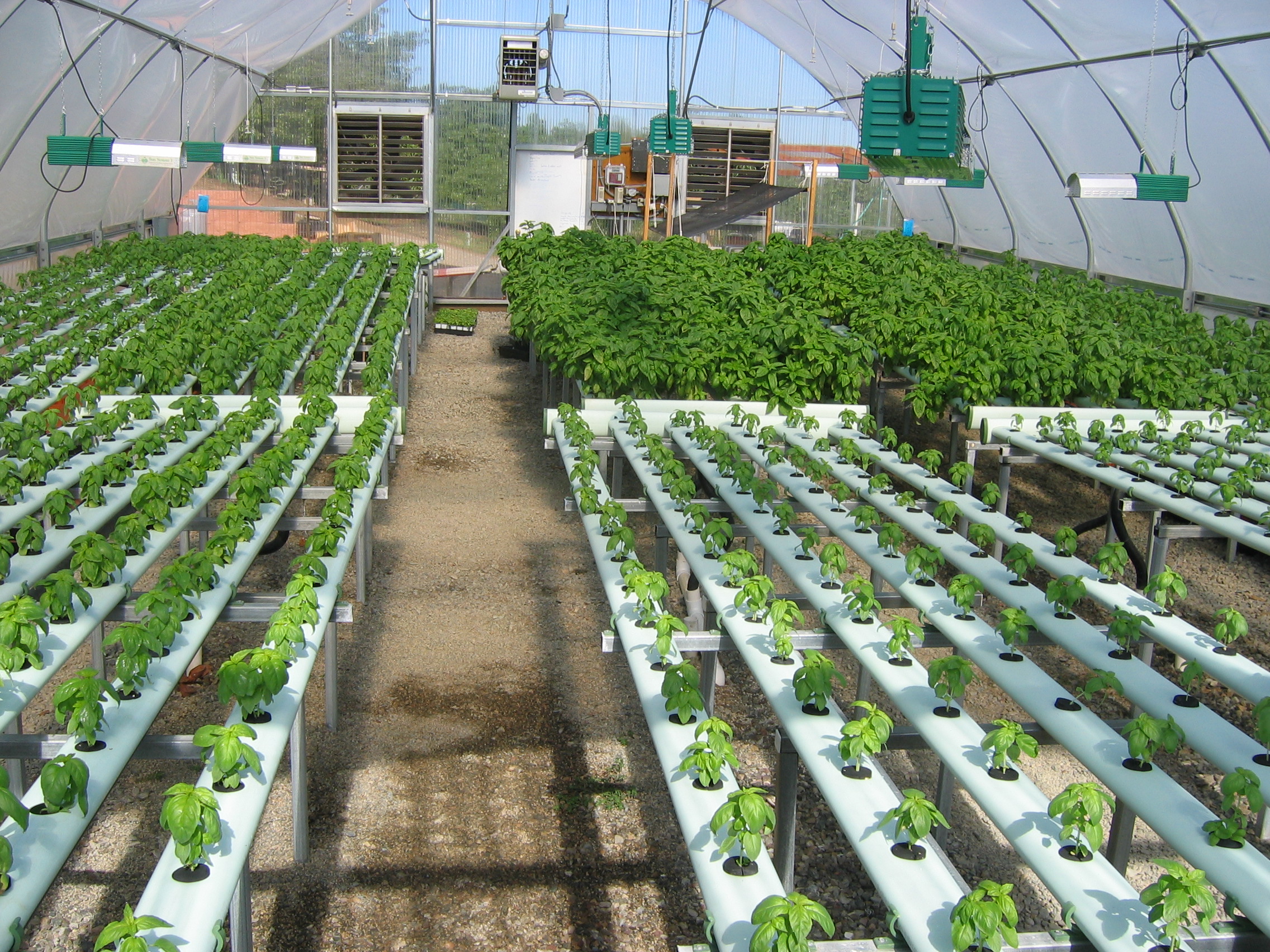Unveiling the Superiority of Glass and Polycarbonate Greenhouses
Introduction of the Greenhouses:
In the realm of modern agriculture, greenhouses have emerged as game-changers, revolutionizing crop cultivation and ensuring food security. Among the various types of greenhouses available, two contenders stand out as leading choices for growers: glass greenhouses and polycarbonate greenhouses. Each variant possesses distinct advantages that cater to different needs and environments, making it crucial for farmers and horticulturists to understand the unique benefits and applications of these structures.
The Elegance and Timelessness of Glass Greenhouses:
Glass greenhouses have been an integral part of horticulture for centuries. Their transparent walls allow for maximum sunlight penetration, creating an environment that closely mimics natural outdoor conditions. The elegant appearance of the glass greenhouses also adds a touch of sophistication to any agricultural landscape, making them a popular choice for botanical gardens, high-end nurseries, and upscale urban settings.
Optimal Light Transmission and UV Protection:
One of the key advantages of glass greenhouses lies in their unparalleled light transmission properties. Unlike other materials, glass allows nearly 90% of sunlight to pass through, providing plants with the essential rays needed for photosynthesis and growth. Additionally, glass provides superior UV protection, shielding delicate plants from harmful radiation and reducing the risk of sunburn and heat stress.
Exceptional Longevity and Durability:
When it comes to longevity and durability, glass greenhouses reign supreme. Glass is resistant to discoloration and degradation caused by UV exposure and harsh weather conditions, ensuring that the greenhouse retains its clarity and performance over time. Moreover, the structural integrity of glass greenhouses makes them capable of withstanding heavy snow loads and high winds, making them an excellent choice for regions with extreme weather patterns.
The Resilience and Versatility of Polycarbonate Greenhouses:
In recent years, polycarbonate greenhouses have gained significant popularity among farmers and greenhouse enthusiasts. These structures are constructed with twin-wall or multi-wall polycarbonate panels, which offer numerous advantages over traditional glass.
Unmatched Insulation and Energy Efficiency:
Polycarbonate panels possess superior insulation properties, creating a stable and controlled environment inside the greenhouse. The multi-wall design traps air between the layers, effectively minimizing heat loss during colder months and reducing the need for excessive heating. This enhanced energy efficiency not only benefits the environment but also contributes to cost savings for growers.
Lightweight and Easy Installation:
Unlike glass, polycarbonate panels are lightweight, making the construction and installation process much easier and more straightforward. This advantage is particularly beneficial for farmers who need to assemble greenhouses quickly or those with limited resources for building heavy structures.
Enhanced Impact Resistance and Safety:
Polycarbonate greenhouses offer exceptional impact resistance, protecting plants from potential damage caused by hail, heavy rain, or accidental collisions. This safety feature minimizes losses and ensures that crops remain unaffected by external forces, providing growers with peace of mind and long-term financial stability.
Tailoring Greenhouses to Specific Needs: The versatility of polycarbonate allows for customization to meet specific requirements. Different grades and thicknesses of polycarbonate panels can be chosen to suit various climates, from arid desert conditions to damp and humid regions. Additionally, growers can select panels with varying light transmission properties, accommodating the needs of different plant species within the same greenhouse.
Conclusion:
In the eternal battle of glass greenhouses versus polycarbonate greenhouses, both contenders have their unique strengths and applications. While glass greenhouses offer timeless elegance, exceptional light transmission, and unmatched longevity, polycarbonate greenhouses boast superior insulation, ease of installation, and enhanced impact resistance. The choice between these two greenhouse types ultimately depends on the specific needs and preferences of growers, as well as the prevailing environmental conditions.
In the pursuit of sustainable agriculture and maximizing crop yields, understanding the benefits of each greenhouse type empowers farmers to make informed decisions that will revolutionize their cultivation practices and contribute to a greener and more bountiful future. Whether it’s the classic charm of glass or the innovative resilience of polycarbonate, both greenhouses stand as pillars of growth and progress in modern agriculture.

